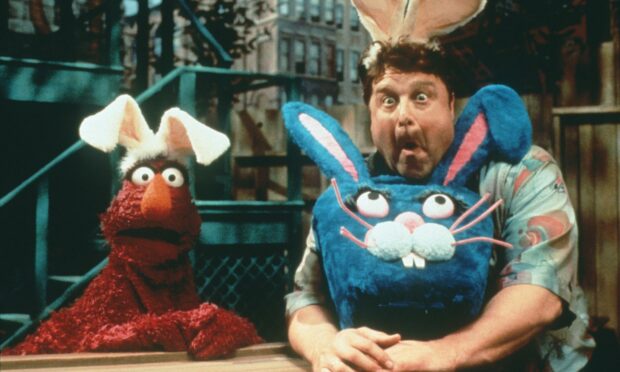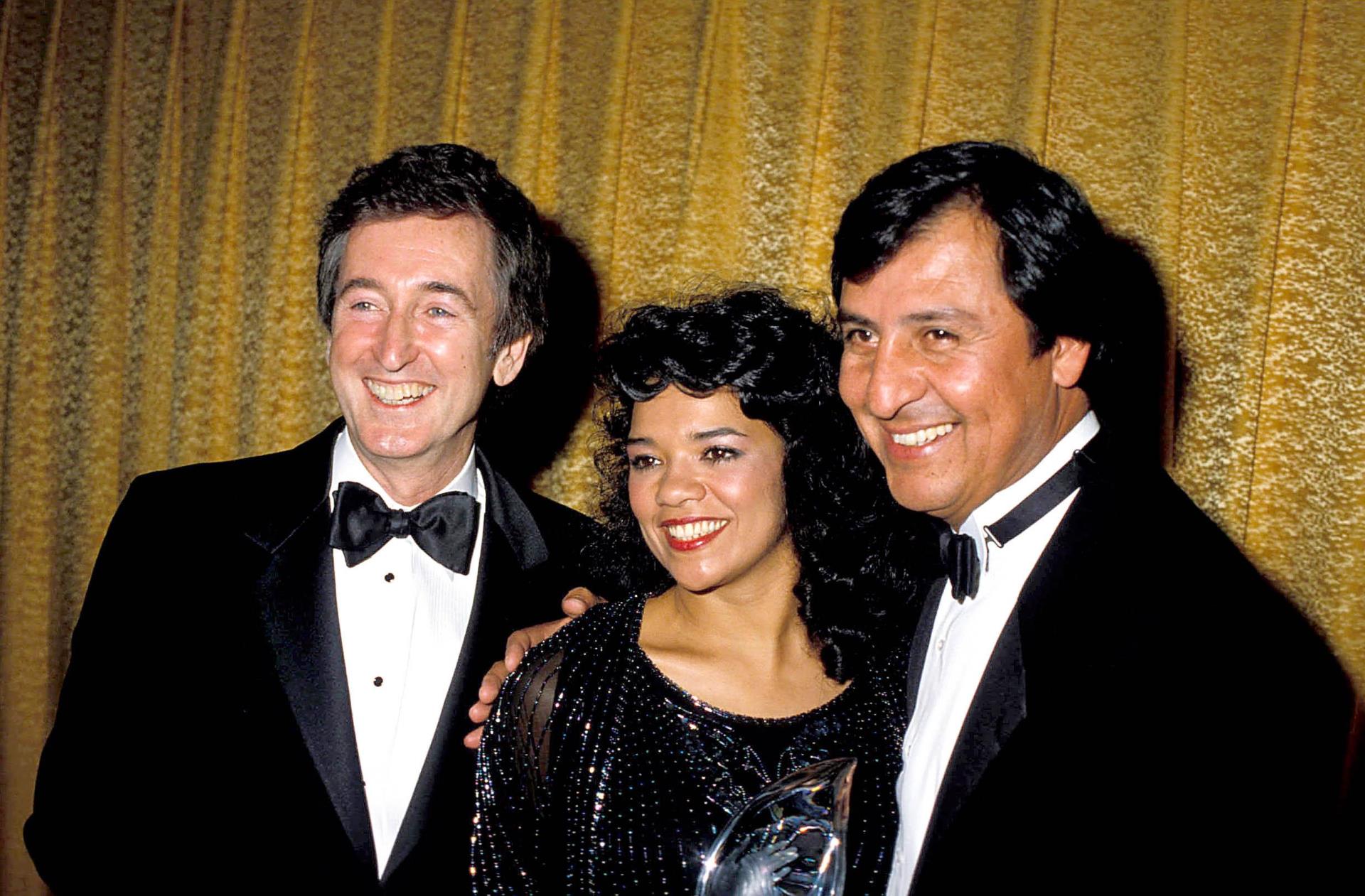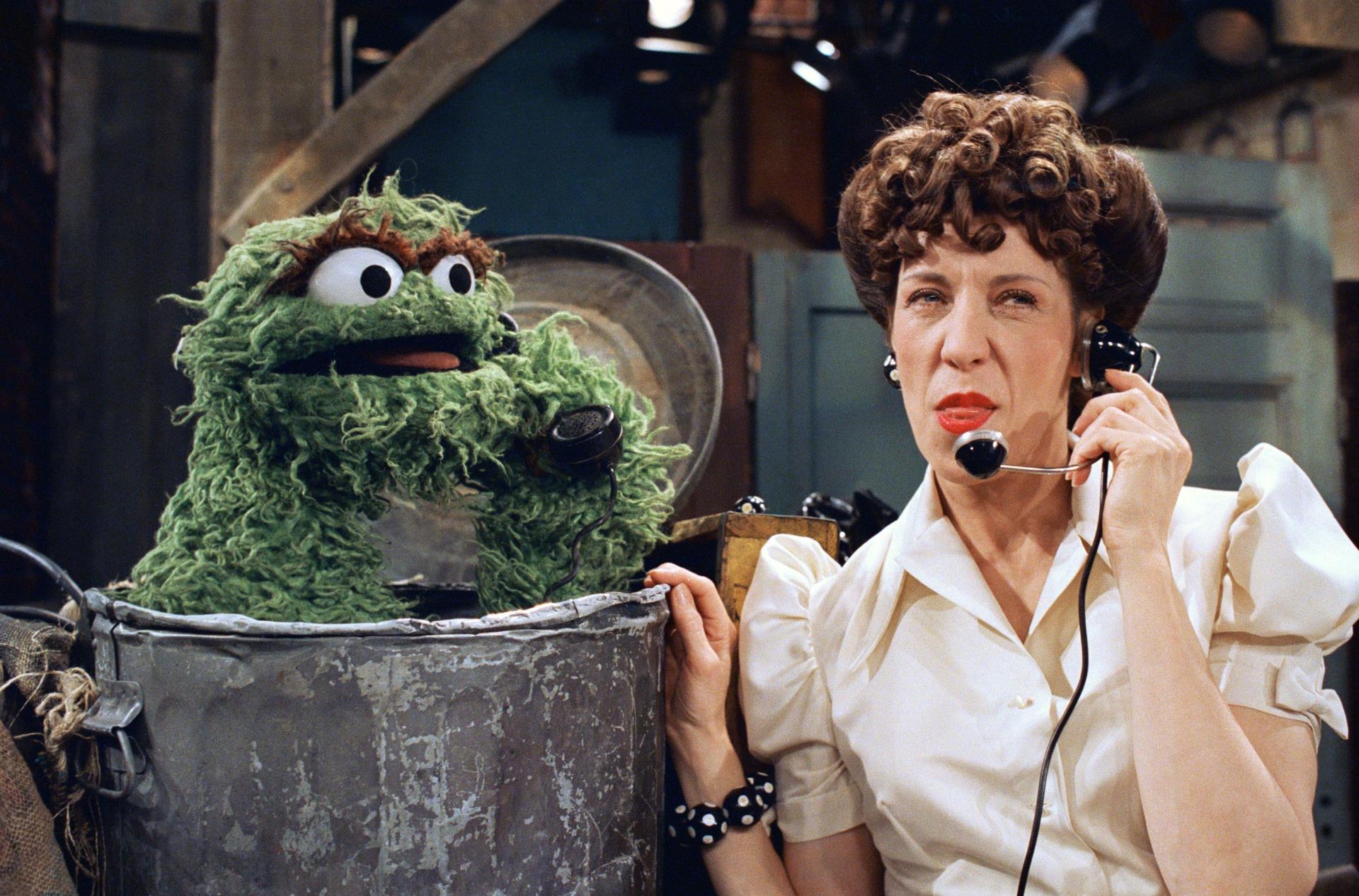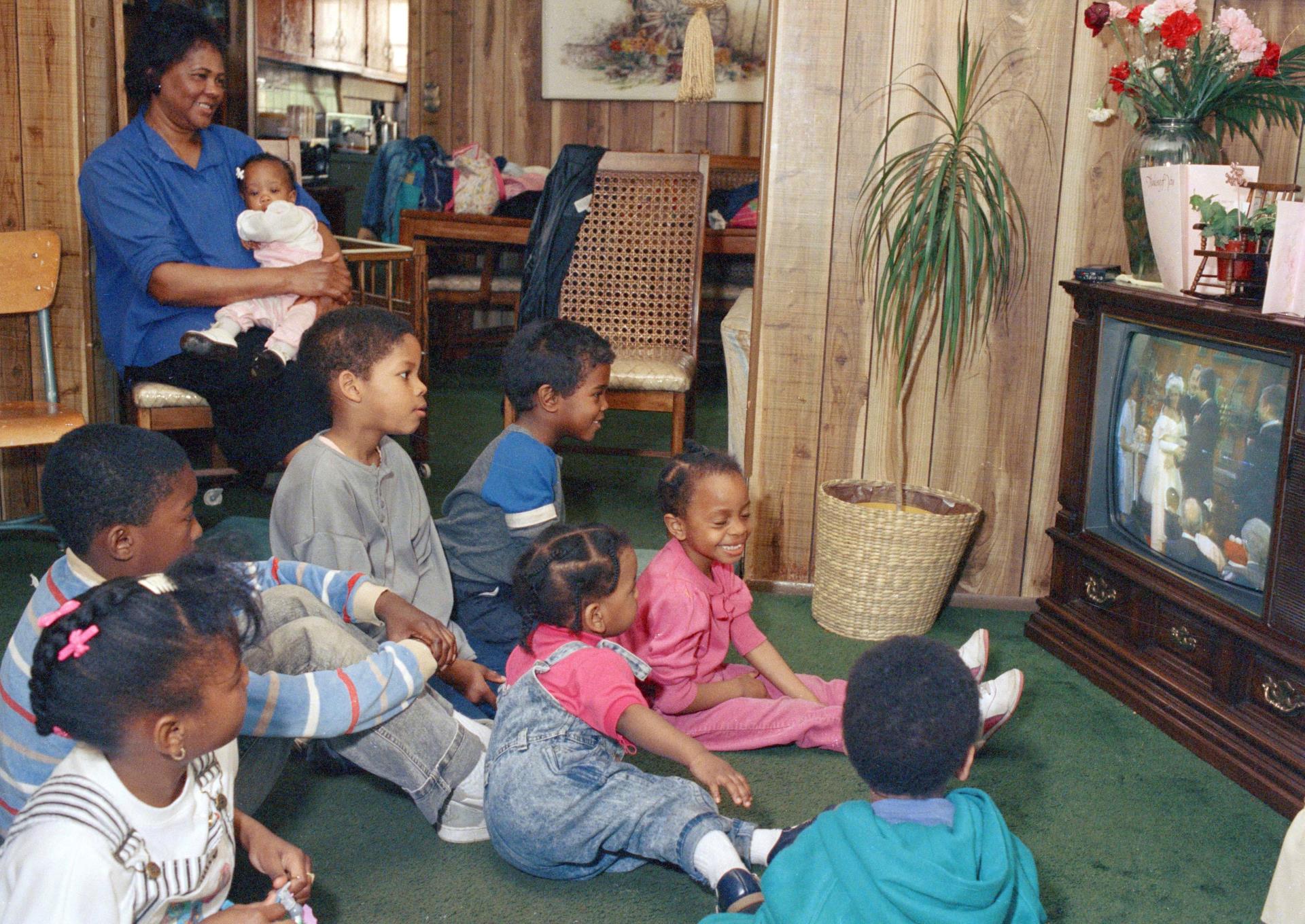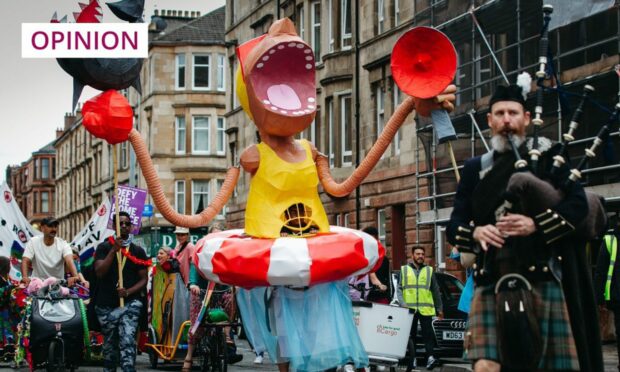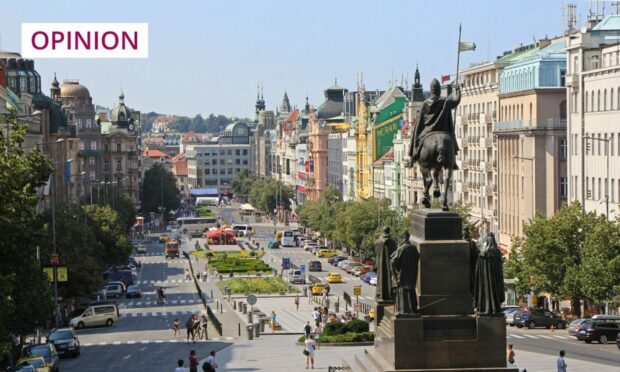“Sunny day, sweepin’ the clouds away. On my way to where the air is sweet.”
A few weeks ago, one of the kindest men from my past died. Someone I loved and who brought me untold comfort during my childhood. When I got the news, I sought out some videos of him, held my chunky toddler on my lap and finally introduced them to each other.
The man was Emilio Delgado, otherwise known as Luis from Sesame Street.
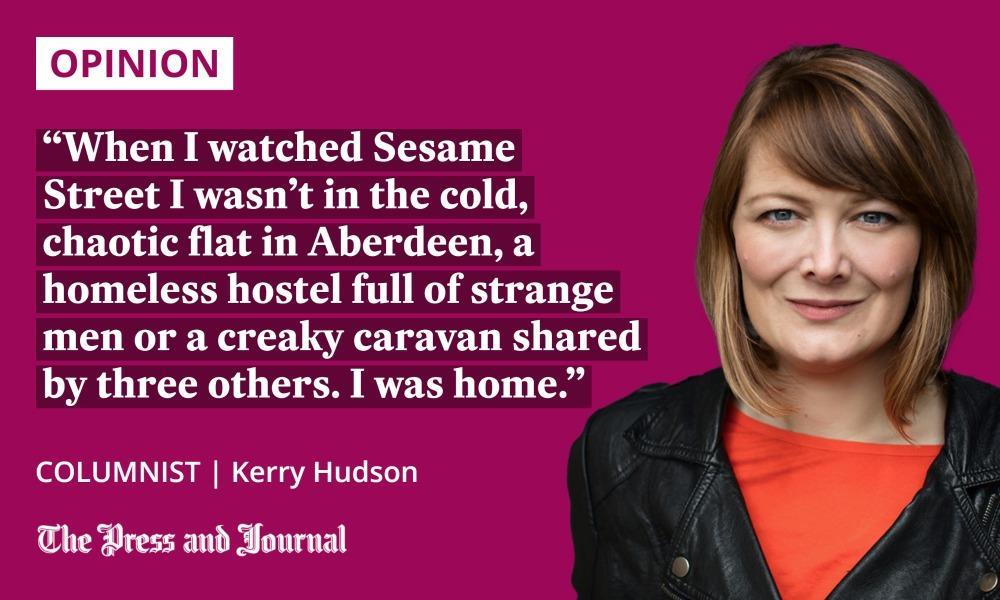
I knew that day I was part of a huge family full of grieving and gratitude. I was with every kid from a rough background who, like me, found comfort in 60 minutes of magic each day.
Emilio had been a much-needed role model to millions of us. He’d raised many of us up better than our own fathers.
I’ve written before about my tumultuous childhood. Full of stays in temporary care and homeless B&Bs, and of shuttling up and down the country on National Express coaches with a precarious few pounds in the family purse.
But the mornings I watched Sesame Street I wasn’t in the cold, chaotic flat in Aberdeen, a homeless hostel full of strange men or a creaky caravan shared by three others. I was home, and home to me meant the light and colour of a sunny, primarily working-class, block full of magical creatures and kind adults. Fun, music and exploration. Safety.
“Every door will open wide to happy people like you.”
Adults to watch over children who felt alone
Sesame Street was always pioneering. The first programme of its time to understand that if children were watching more television than ever – in the late sixties, nursery age kids watched an average of 27 hours a week and 97% of American families owned a TV – then that could be used as a force for good.
The creators also discovered that many of the children watching had parents working long hours and so, to bridge this gap, they painstakingly built a world that was not just fun but truly enriching. They understood that those children might need friends – a rainbow of Muppets – and that many might also need a sense of adults watching over and guiding them.
For so many young children growing up around the world, this apparently simple TV show came to be a huge part of our lives.
My mind was nurtured by that educational TV, yes, but my heart was, too. Because Luis, Maria, Bob, each and every adult, became part of our household.
It was no longer me, my mum, my little sister and occasionally a step-dad facing the realities of Thatcher’s 1980s Britain. Instead, I had a whole family who loved me and guided me. On that street, in that family, there was laughter and song and joy.
I’m not alone in this. One woman told me: “It was an oasis for me as a child in a dysfunctional household”. Another told me that, despite a childhood spent in monocultural, rural Ireland, she grew up aware, and appreciative of cultural diversity.
In one of my favourite stories, the poet (and queen) Maya Angelou was filming for Angelou on Burns at Tarbolton Bachelors’ Club and was greeted at the door by “a bunch of Ayrshire bairns who recognised her from Sesame Street”.
Indeed, I didn’t know until my adulthood how much I had to thank Sesame Street for not just raising me but in shaping the world I grew up in for the better. Because I grew up watching Maya Angelou perform the Name Song. And Linda performing Japanese haiku poetry in sign language. I still cannot watch Grover’s duet with Stevie Wonder without getting a lump in my throat.
Still pioneering after so many years
Sesame Street continues to do a huge amount of innovative work through the Sesame Street Foundation, supporting almost 200 million children in over 150 countries.
This complements their still-pioneering broadcasting, like their deeply moving episode in the wake of Hurricane Katrina and, in 2021, introducing, Ji-Young, the show’s first Asian American Muppet, after the rise of Asian hate crimes in the USA.
Now, I hold my little boy on my lap and I introduce him to the family and say a silent thank you to Emilio Delgado and everyone who made Sesame Street.
Thank you for nurturing me and countless of other kids when we most needed it. You made, and still make, the world a far better place by making the art you did. You made me a far better person than I might have been.
How grateful I am to get to pass this onto my child. I’m so lucky I got to find my way to Sesame Street.
Kerry Hudson is an Aberdeen-born, award-winning writer of novels, memoirs and screenplays. She lives in Prague with her husband, toddler and an angry black cat
